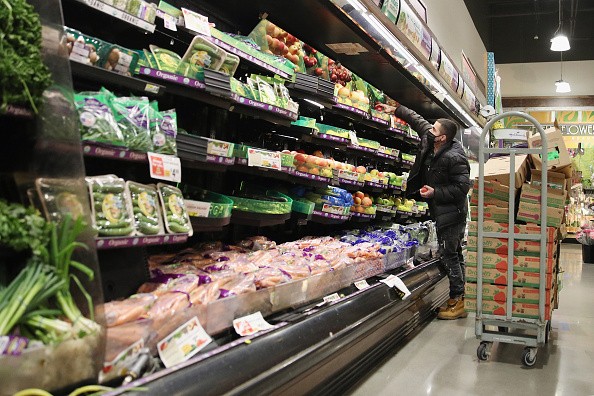New Relief Bill Includes $13 Billion for Food Stamps
The new coronavirus relief bill includes $13 billion for food stamps to boost the economy and make sure that millions of Americans will not go hungry.

The global pandemic has led millions of individuals to lose their jobs, and many families across the country rely on various federal assistance. Fortunately, an amount of $13 billion for food stamps is included in the newly proposed relief bill.
Food Stamp Benefits
The federal government wants to make sure that millions of Americans will not go hungry at this time of the global pandemic. This is the main reason lawmakers included an amount of $13 billion for food stamps.
Economists said the new increase for food stamps, known as Supplemental Nutrition Assistance Program or SNAP, through June 2021, would help those going hungry and boost the economy more than other kinds of stimulus spending.
Moody's Analytics researchers said each dollar spent on SNAP turns into $1.73 in economic activity, compared to $1.36 for each dollar spent on federal aid to state governments and $1.29 for a payroll tax holiday.
Meanwhile, according to an NBC News report, cutting the corporate tax rate yields but $0.30 per dollar.
Luis Guardia, president of the nonprofit Food Research and Action Center, said, "Every dollar in SNAP benefits boosts the economy. It helps strengthen the existing food supply and the mechanisms that support that."
This program has a multiplier effect on boosting local businesses and economies. According to the USDA, they found that food stamps or SNAP spending have 10 times the job-creation impact than other forms of transfer payments or federal expenditures, most especially in rural areas.
People Quickly Spend Food Stamps
People quickly spend their food stamps as soon as they receive them. According to CEO of Homeland Stores Marc Jones, with a chain of 80 grocery stores in Oklahoma, Kansas, Texas, and Georgia, his food stamp business has dramatically increased since the pandemic began.
Typically, his grocery stores' food stamps comprise only 10 percent of sales, but he observed that his stores in the poorest communities and those hit hardest by the pandemic rely on SNAP funds for about 30 percent of sales.
"We work with our regional and local food banks quite a bit. We hear from them that they're seeing unprecedented need," Jones said.
Based on the latest government data, the program helped nearly 43 million Americans per month afford a nutritiously good diet in April.
The SNAP benefits are based on the USDA's "Thrifty Food Plan," which calculates weekly food costs of roughly $40 a week for single adults or $134.50 for a family of four.
This budget is intended to make sure that shoppers can buy in bulk to get lower prices, which is not always possible for families who live paycheck to paycheck.
The nonprofit Feeding America estimated that the number of Americans estimated to be at risk of going hungry has risen from 35 million to nearly 50 million.
Subscribe to Latin Post!
Sign up for our free newsletter for the Latest coverage!
© 2025 Latin Post. All rights reserved. Do not reproduce without permission.














